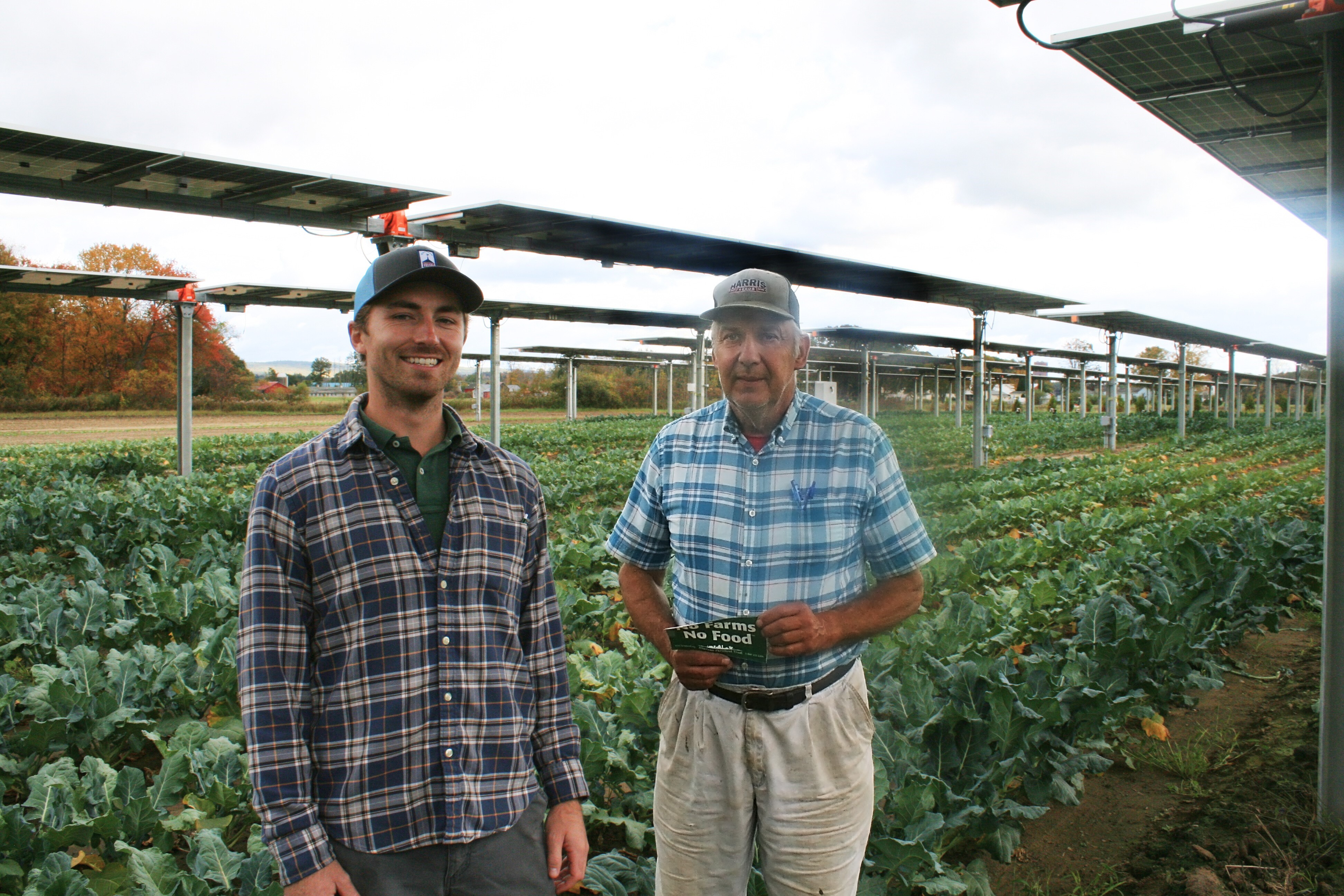Agrivoltaics: Harvesting the Sun for a Brighter Future
Key Ideas
- Agrivoltaics, the co-location of solar energy infrastructure with farmland, is gaining momentum in the United States, with over 566 projects identified generating over 10 gigawatts of renewable energy.
- Farmers like Joe Czajkowski are benefiting from agrivoltaics by improving productivity, reducing electricity costs, and creating additional revenue streams, providing financial security for the future.
- Initiatives like the American-Made Large Animal and Solar System Operations (LASSO) Prize and the Foundational Agrivoltaic Research for Megawatt Scale (FARMS) funding program are driving research and development to scale up agrivoltaics and create new economic opportunities.
- Agrivoltaics not only address land-use conflicts with large-scale solar projects but also hold the potential to bring prosperity to both agriculture and the solar industry, optimizing land use for sustainable growth.
The article discusses the growing trend of agrivoltaics in the United States, where solar energy infrastructure is co-located with productive farmland to generate renewable energy. The National Renewable Energy Laboratory has identified over 566 agrivoltaic projects in the country, collectively producing more than 10 gigawatts of renewable energy by integrating solar panels among crops, grazing pastures, and pollinator habitats.
One such success story is the Czajkowski Farm in Massachusetts, where owner Joe Czajkowski installed a 450-kilowatt solar array over a field of broccoli. This initiative not only improved farm productivity but also reduced electricity costs, providing an additional revenue stream and financial security for the future.
Efforts like the American-Made Large Animal and Solar System Operations (LASSO) Prize and the Foundational Agrivoltaic Research for Megawatt Scale (FARMS) funding program are driving research and development to scale up agrivoltaics. These initiatives aim to create new economic opportunities for farmers, rural communities, and the solar industry.
Agrivoltaics are not only helping resolve land-use conflicts with large-scale solar projects but also have the potential to bring prosperity to agriculture and the solar industry. By optimizing land use and promoting innovation in clean energy technologies, agrivoltaics can play a crucial role in sustainable economic development and environmental conservation.
Topics
Power
Renewable Energy
Clean Energy
Innovation
Research
Economic Development
Solar Energy
Agriculture
Farmers
Latest News
